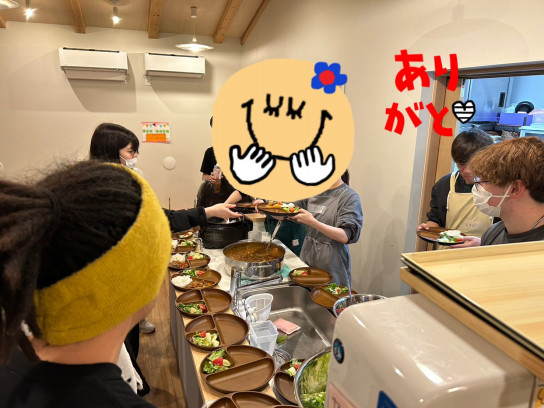The very first time I found myself at Kyoto Bunkyo, a combined middle school and high school in Higashiyama, something earth shatteringly shocking happened: I was cool amongst middle schoolers.
They laughed at my jokes. They got excited when I showed up. They all enjoyed talking to me. It was all my middle school fantasies of popularity realized a mere seven years too late.
Of course, as I was soon to figure out, this was not because some latent coolness gene had activated inside me sometime after high school. Rather, it was because no one could understand a word I was saying.
One would assume that this lack of communication should have been obvious after a couple of extremely one-sided conversations. And the truth is, it probably was. Just not to me.
And here, after a few weeks of painstaking observation, are the reasons why:
- The English the students know, the students really know. It kind of works like a script. The students know certain phrases and sentences. They have them memorized like they’re preparing for a play. The most infamous is what I like to call the “How Are You” Script.
It goes like this:
“How are you?”
“I am fine, thank you. And you?”
“I am fine.”
As long as you stick to the script, the students can have a pretty passable, if a little bit flat, conversation. Unfortunately, they know the script so well, that your input is barely necessary. It doesn’t really matter what answer you give, the script will continue on regardless.
On one occasion, a student gave the entire script in one breath without my input at all. (“How-are-you-I-am-fine-thank-you-and-you. Good-bye.”)
Nonetheless, the fact remains that when these students are on script, they are in their comfort zone and, although their intonation is a little off, they speak smoothly and confidently. Since most conversations start out with scripts, and frequently contain more in the middle, it’s easy to believe that these students are understanding more than they are.
2.They laugh a lot. Which, as most English speakers are prone to, I usually took as a cue that they were enjoying my insightful and witty comments.
As it turns out, that wasn’t the case. The students frequently used laughter to cover up for times they didn’t understand. I think it was a combination of nerves, a desire to seem more fluent, and behaviors learned from their teachers.
That’s not to say that they never laughed because something was genuinely funny. They did. But it is not the special, “I don’t understand laugh”. The “I don’t understand laugh” is hesitant. All the students take a split second to make eye contact with each other and check if anyone understands. Then, when they do laugh, it comes out in a quick burst and stops just as fast.
But, it’s close enough to regular laughter to convince someone like me that the conversation was on track, and they enjoyed my jokes. Even the one about the platypus. (They actually did know the word for platypus, by the way. They had all studied in Australia.)
Anyway, between the scripts and the laughter, it took me an embarrassingly long time to realize that anything was amiss. When I finally did notice, there was much mortification on my part for a few days. Afterwards, I had to slow down my speech immensely, and our conversations degenerated into fairly bland repeats of the same discussions, but at least everyone was on the same page.
So, I guess the end result of this story is that communication mishaps are easy. Correcting them is a little bit harder. But at the end of the day, I like the think that learning to bridge a few differences and learning to detect a couple of new ticks is worth it in the end. If nothing else, I’ve won a few cool points, which is a victory in and of itself.
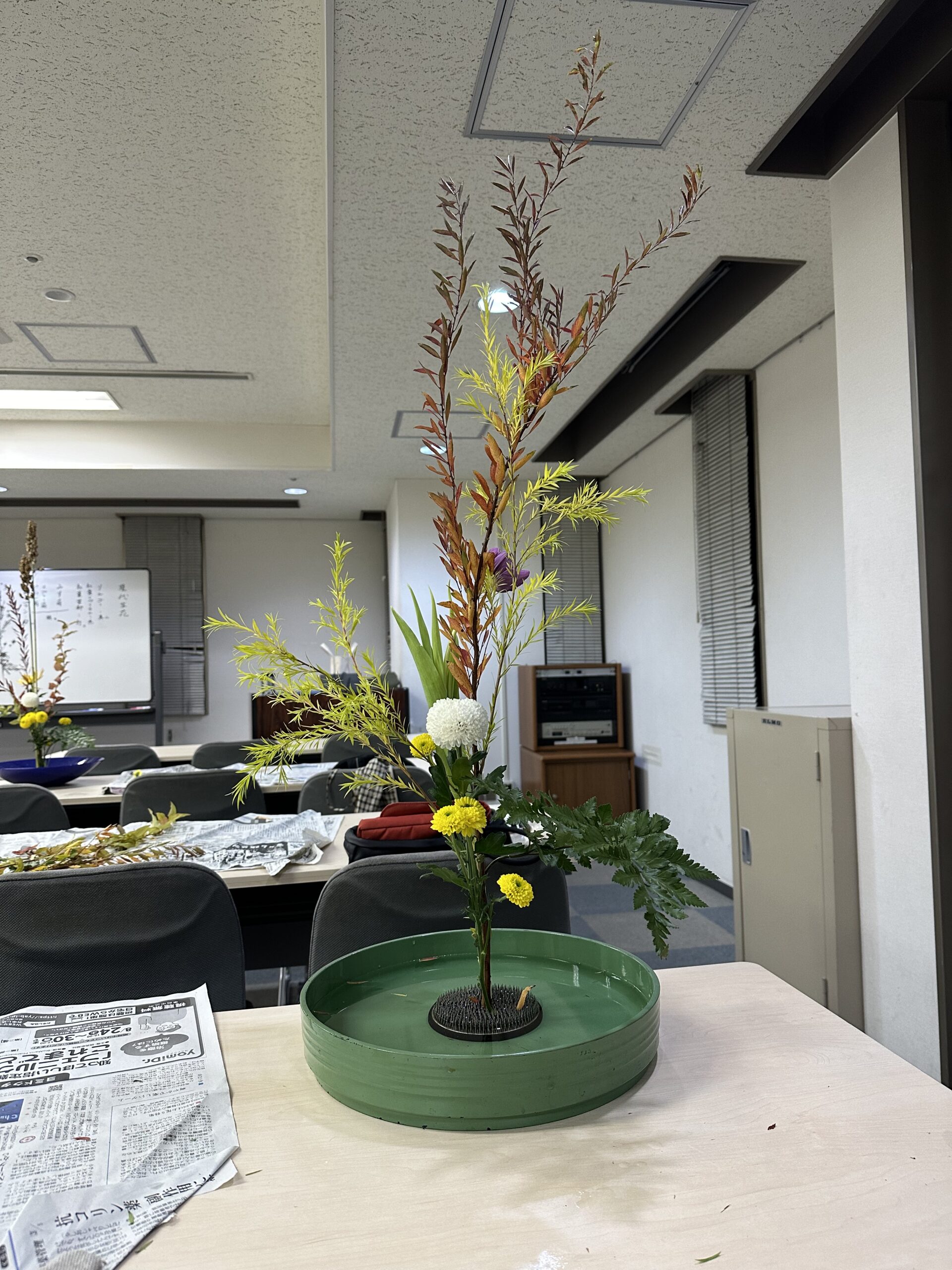

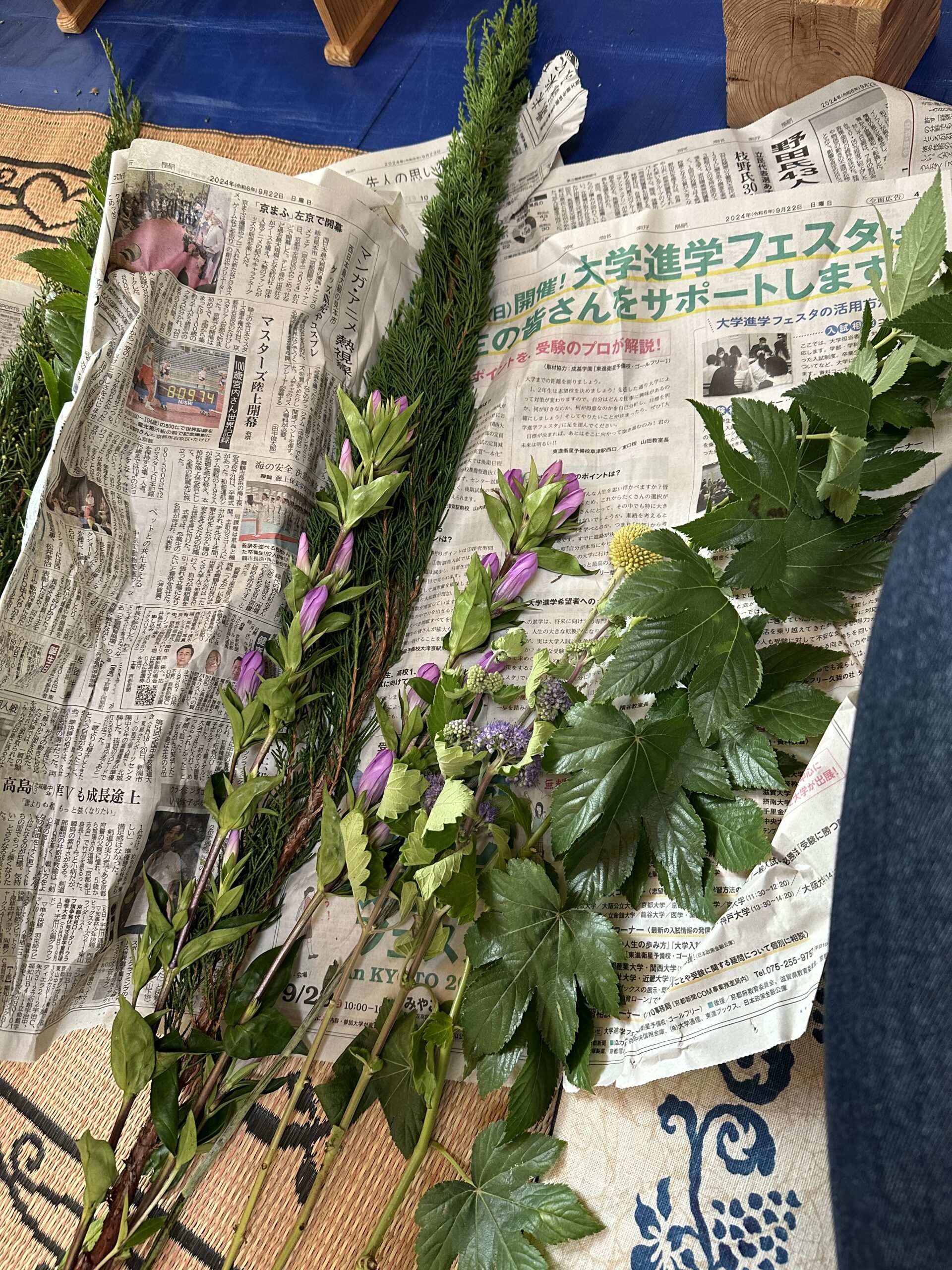
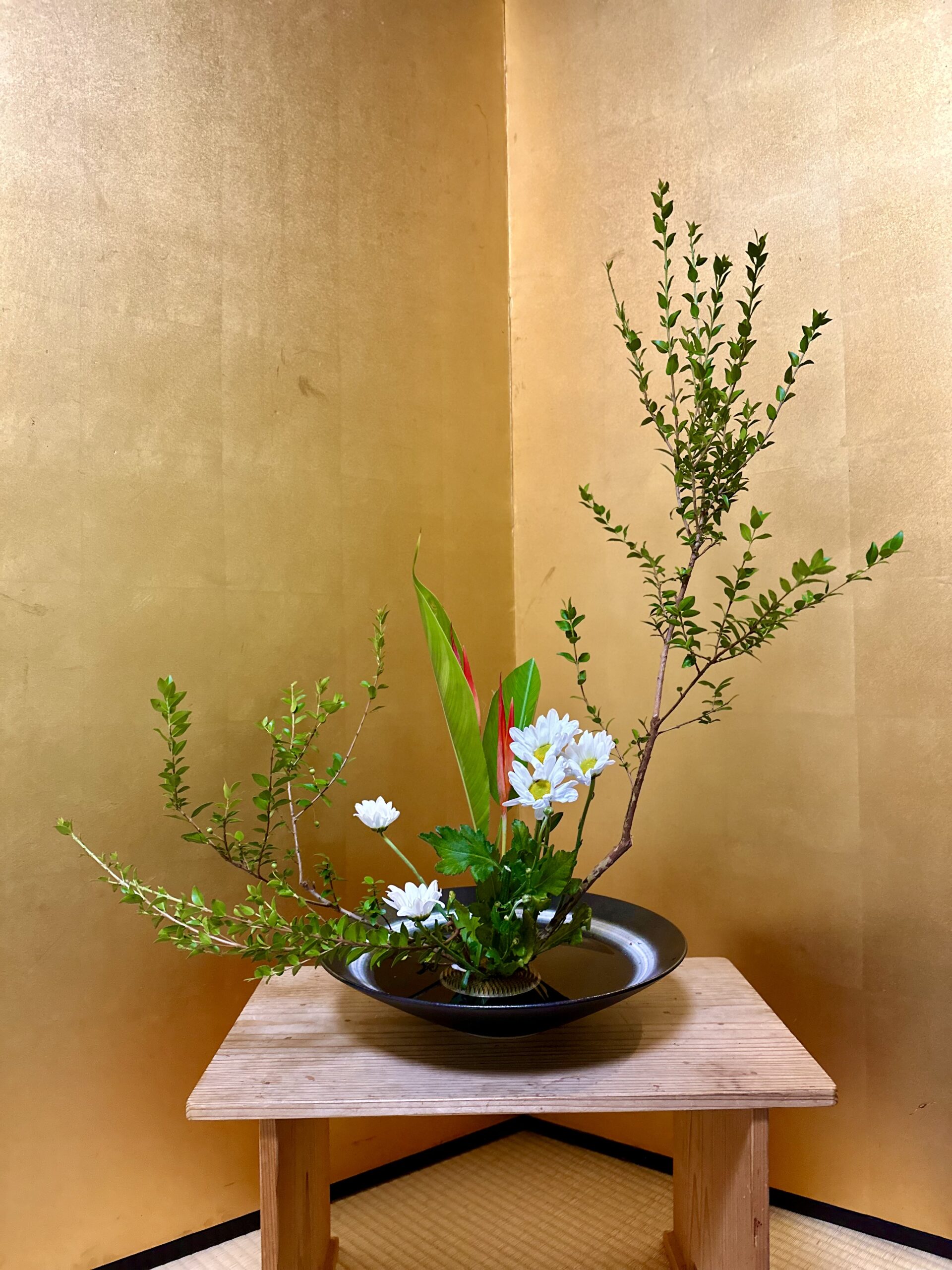

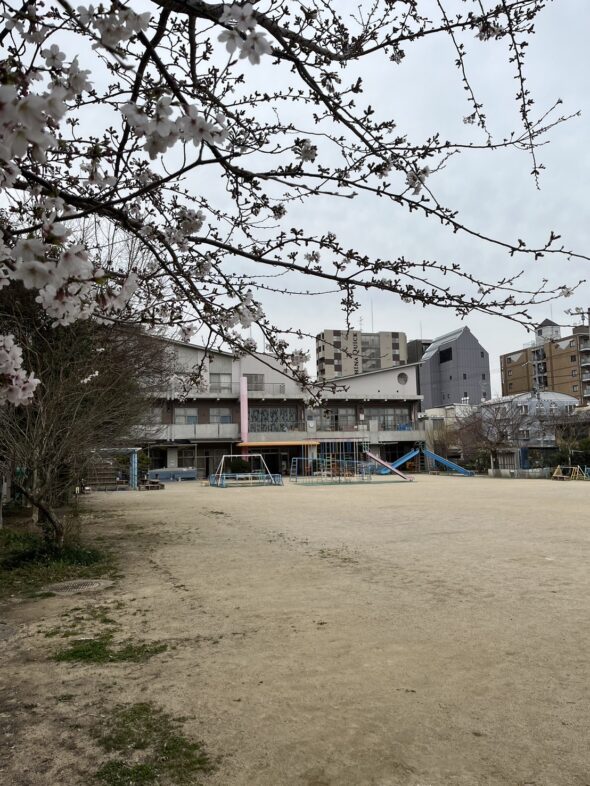 For my CIP I commuted to Mitsuba Kindergarten once a week to help out at the kindergarten for about 2 hours (from 2-4). The kindergarten is a 10 minute walk away from Doshisha’s Imadegawa campus so it was really convenient location wise. The kindergarten is not very structured and my job was basically to facilitate the kids’ play time for 2 hours. I usually spent my time doing puzzles with them, or drawing with them—essentially anything the kids wanted to do.
For my CIP I commuted to Mitsuba Kindergarten once a week to help out at the kindergarten for about 2 hours (from 2-4). The kindergarten is a 10 minute walk away from Doshisha’s Imadegawa campus so it was really convenient location wise. The kindergarten is not very structured and my job was basically to facilitate the kids’ play time for 2 hours. I usually spent my time doing puzzles with them, or drawing with them—essentially anything the kids wanted to do. 